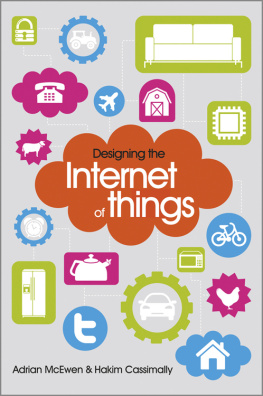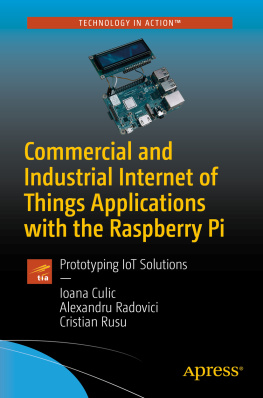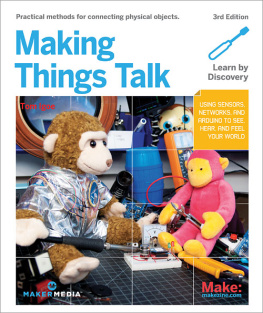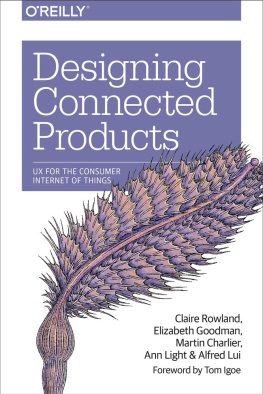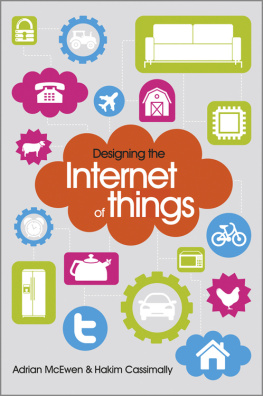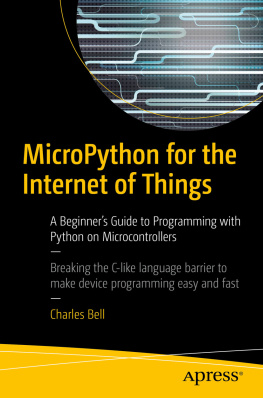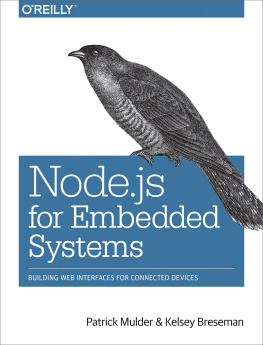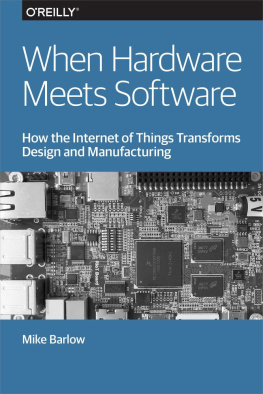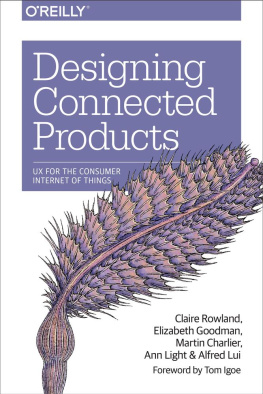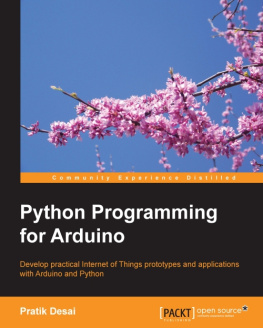
This edition first published 2014
2014 John Wiley and Sons, Ltd.
Registered office
John Wiley & Sons Ltd, The Atrium, Southern Gate, Chichester, West Sussex, PO19 8SQ, United Kingdom
For details of our global editorial offices, for customer services and for information about how to apply for permission to reuse the copyright material in this book please see our website at www.wiley.com.
The right of the author to be identified as the author of this work has been asserted in accordance with the Copyright, Designs and Patents Act 1988.
All rights reserved. No part of this publication may be reproduced, stored in a retrieval system, or transmitted, in any form or by any means, electronic, mechanical, photocopying, recording or otherwise, except as permitted by the UK Copyright, Designs and Patents Act 1988, without the prior permission of the publisher.
Wiley also publishes its books in a variety of electronic formats. Some content that appears in print may not be available in electronic books.
Designations used by companies to distinguish their products are often claimed as trademarks. All brand names and product names used in this book are trade names, service marks, trademarks or registered trademarks of their respective owners. The publisher is not associated with any product or vendor mentioned in this book. This publication is designed to provide accurate and authoritative information in regard to the subject matter covered. It is sold on the understanding that the publisher is not engaged in rendering professional services. If professional advice or other expert assistance is required, the services of a competent professional should be sought.
Trademarks: Wiley and the Wiley logo are trademarks or registered trademarks of John Wiley and Sons, Ltd. and/ or its affiliates in the United States and/or other countries, and may not be used without written permission. Pomodoro Technique and Pomodoro are registered trademarks of Francesco Cirillo. All other trademarks are the property of their respective owners. John Wiley & Sons, Ltd. is not associated with any product or vendor mentioned in the book.
A catalogue record for this book is available from the British Library.
ISBN 978-1-118-43062-0 (paperback); ISBN 978-1-118-43063-7 (ebook); 978-1-118-43065-1 (ebook)
Set in 9.5/11.5pt Minion Pro by Indianapolis Composition Services
Printed in the United Kingdom by TJ International
About the Authors
Adrian McEwen is a creative technologist and entrepreneur based in Liverpool. He has been connecting devices to the Internet since 1995first cash registers, then mobile phones, and now bubble machines and lamps. He founded MCQN Ltd., an Internet of Things product agency and (along with Hakim and others) is co-founder of DoES Liverpool, a hybrid co-working/makerspace that incubates Internet of Things startups in NW England. He is also CTO of Good Night Lamp, a family of Internet-connected lamps. He was one of the first employees at STNC Ltd, which built the first web browser for mobile phones and was acquired by Microsoft in 1999. Adrian concentrates on how the Internet of Things intersects with peoples lives and how heterogeneous networks of devices should work together, and lectures and speaks on these issues internationally. You can find him on the Internet at www.mcqn.net or follow him on Twitter as @amcewen.
For Jean, Les, and Christine, and in memory of Karen.
Adrian
Despite an education in Italian and English literature, once Hakim Cassimally discovered software development, he hasnt looked back. He is a staunch proponent of Perl and was one of the organisers of YAPC::EU 2010 in Pisa. These days, however, he is likely to be writing Python for 3D printers or for civic hacking projects with mySociety.org. He co-founded (with Adrian and others) DoES Liverpool. His website is at greenokapi.net.
For my parents. This time I didn't start with the page numbers.
Hakim
Publishers Acknowledgements
Some of the people who helped bring this book to market include the following:
Editorial and Production
VP Consumer and Technology Publishing Director: Michelle Leete
Associate DirectorBook Content Management: Martin Tribe
Associate Publisher: Chris Webb
Executive Commissioning Editor: Craig Smith
Project Editor: John Sleeva
Copy Editor: Chuck Hutchinson
Technical Editors: Daniel Soltis, Aaron Crane, Alexandra Deschamps-Sonsino
Editorial Manager: Jodi Jensen
Senior Project Editor: Sara Shlaer
Editorial Assistant: Annie Sullivan
Marketing
Associate Marketing Director: Louise Breinholt
Marketing Manager: Lorna Mein
Senior Marketing Executive: Kate Parrett
Marketing Assistant: Polly Thomas
Composition Services
Compositor: Jennifer Mayberry
Proofreader: Susan Moritz
Indexer: Potomac Indexing, LLC
Acknowledgements
First off, wed like to thank Craig Smith at Wiley for persuading us that capturing some of what we know into a book would be a good thing. Thanks also to the rest of the Wiley team and everyone who helped edit the book: John Sleeva, Daniel Soltis, Alexandra Deschamps-Sonsino, Chuck Hutchinson, and Aaron Crane. Despite our grumbling at the additional work of rewriting sections, the book is much better as a result.
Wed also like to thank everyone at DoES Liverpool for putting up with our sometimes distracted have-book-to-write periods in the run up to deadlines, and in particular our fellow organizers, John McKerrell, Andy Goodwin, Paul Freeman, Patrick Fenner, Steve Sparrow, and Ross Jones, who had to take up the slack in running the space.
Adrian and Hakim
The acknowledgements section was one I never normally paid a lot of attention to, as it was the author thanking a load of people I didnt know. Having written a book, and realised how much help and support are given to the authors, I have a newfound appreciation for this section.
Id like to thank Hakim for agreeing to join me in the adventure of actually doing the writing. Andy Huntington, Lawrence Archard, and Christopher Pett were all generous with their time and sharing their expertise in areas where Im only in the early stages of exploring.
For endless encouragement and keeping me sane in the difficult bits, I need to thank my family and friends, especially Francis Irving, Andrew Dixon, Rob Stock, Neil Sowler, Kieran MacCourt, Jen Forakis, Colette MacCourt, Dan Lynch, and Neil Morrin.
And, finally, thanks to Bubblino for helping get me into this mess in the first place.
Adrian
I tend to at least skim the acknowledgements and knew (in theory) that writing a book was a huge, collaborative effort. Experiencing it firsthand was awe-inspiring. We will almost certainly have forgotten to thank somebody: if thats you, we would love to make it up to you over a beverage of your choice.
Firstly, thanks to Adrian for suggesting we work together on the book; its been an interesting project. Dave Cross, Kieren Diment, and Jodi Schneider gave invaluable early advice about publishing. Georgina Voss pointed me in the right direction on the ethics chapter, and Coen van Wyk kindly proofread the first draft. Tomas Doran gave useful suggestions on asynchronous web programming for the online components chapter, and Aaron Crane stepped in as technical editor. Kelvin Lawson advised us on the current state of real-time operating systems, while Kiel Gilleade and Jen Allanson provided insights into physiological computing. Guy Dickinson gave his usual enthusiasm and support, and Jim Hughes has kept me regularly up-to-date with interesting ideas. Thanks, also, to Shaun Myhill at Electric Imp, Aaron at .:oomlout:., Antony McLoughlin, Ross Jones, and Francis Fish for donating or lending microcontrollers and books without which writing this book would have been impossible. My colleagues at mySociety have been exceptionally tolerant of my last-minute time off to finish the final drafts.
Next page
